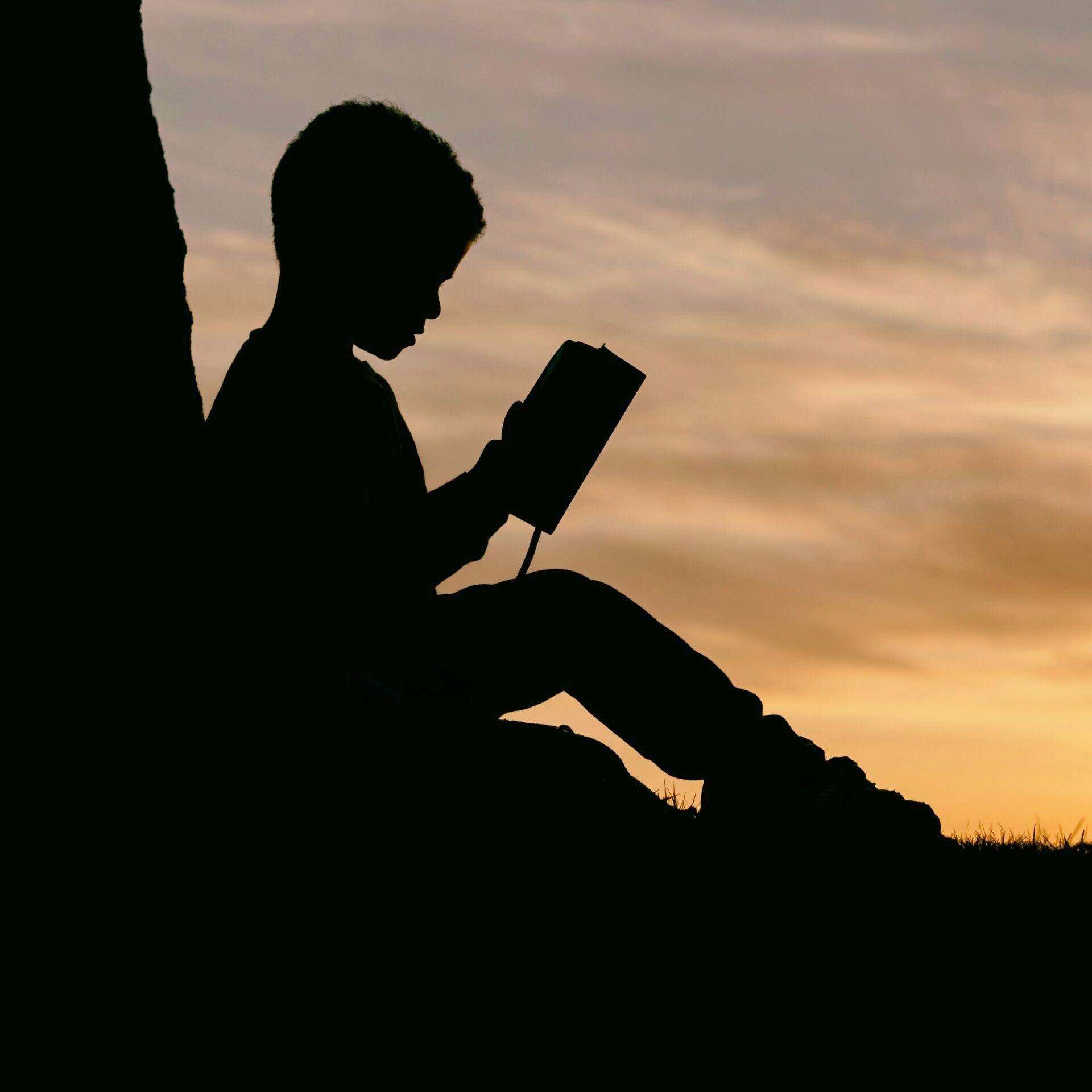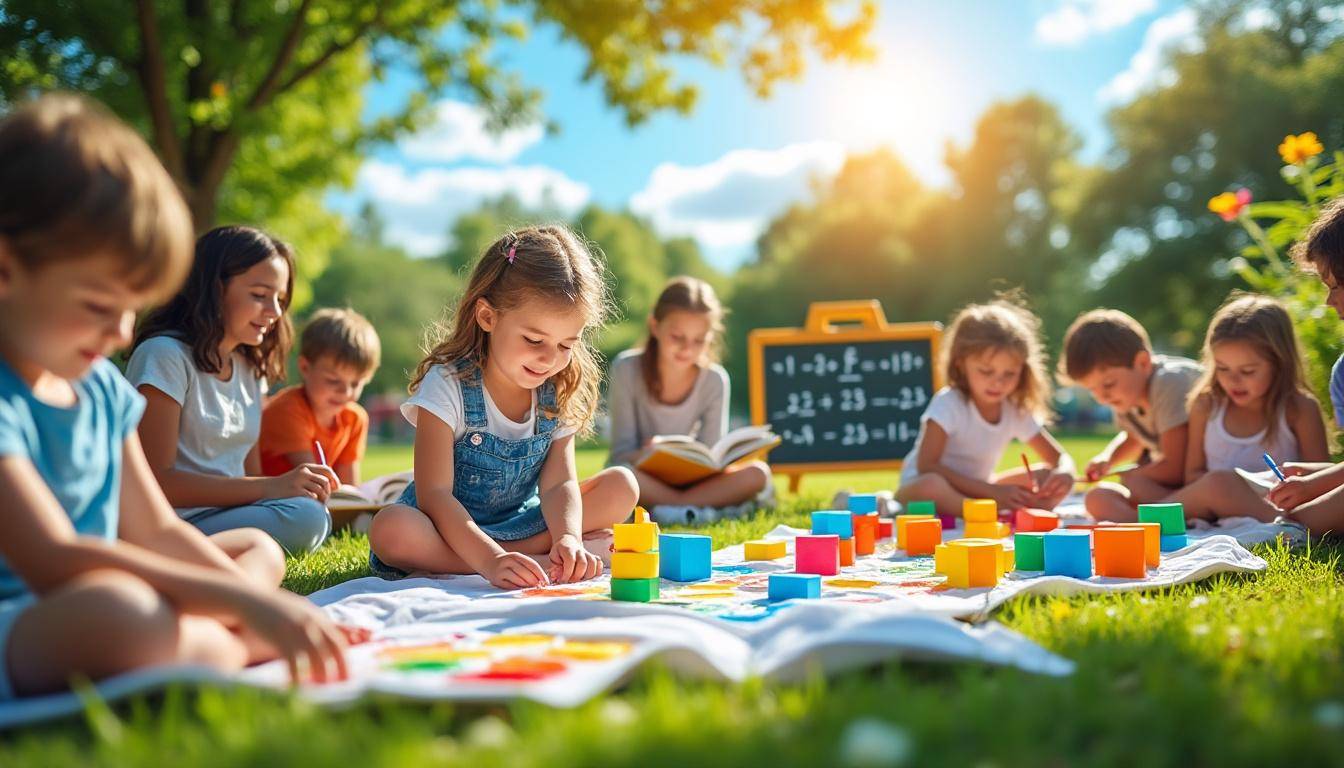Summer days with young children often spark both joy and challenge for parents, caregivers, and educators alike. It’s only mid-morning and the bubbles, blocks, and water table have already been explored to their fullest. Keeping little ones entertained while fostering meaningful learning doesn’t have to be a daunting task this season. Thanks to innovative educational resources and thoughtfully designed activities, there is an abundance of ways to engage children that nurture essential skills—making summer both fun and developmentally enriching.
Creative Summer Learning Activities for Young Children
To maintain a stimulating and playful environment, turning to high-quality resources like those from Crayola, Melissa & Doug, and Play-Doh can transform daily activities into learning opportunities. The University of Virginia’s Early Childhood Education Resource Hub offers a treasure trove of free tools—including activity ideas, instructional videos, and curated book recommendations—targeted at children from infancy to age five. This hub aligns activities with key developmental areas such as relating, regulating, communicating, thinking, and moving.
- Open-ended art projects using Crayola supplies to encourage creativity and fine motor skills
- Building blocks and puzzles from Melissa & Doug to inspire problem-solving and spatial awareness
- Manipulative Play-Doh sessions to develop hand strength and sensory exploration
- Outdoor nature scavenger hunts paired with guided observation for language and critical thinking enhancement
- Storytime with Scholastic and National Geographic Kids to promote literacy and knowledge about the natural world
Each activity is adaptable based on the child’s interests and abilities, ensuring engagement stays high and frustration low, crucial for maintaining a positive summer learning environment.
Supporting Communication and Emotional Regulation Through Play
Summer is not only an ideal time for physical activity but also for honing social-emotional skills. Integrating Fisher-Price toys and games designed to encourage interaction provides children with chances to practice turn-taking, empathy, and expression. Activities that focus on relating and regulating emotions help build a foundation for lifelong social competence. For example, pretend play with Fisher-Price sets invites children to take on roles, fostering imagination and communication simultaneously.
- Role-playing scenarios to spark conversations and understanding of perspectives
- Guided breathing or movement breaks using Osmo’s interactive tools that combine technology and physical activity
- Use of K’NEX construction kits to encourage collaborative building and negotiation
These playful interactions support caregivers in nurturing emotional intelligence, an essential component for a well-rounded education.
Engaging Active Children with Education That Moves
Active play is a cornerstone of early childhood development. Studies highlighted in articles on Education to the Top emphasize research-based methods to marry physical movement with learning objectives. Offering games that prompt children to think and move simultaneously supports both brain and body development effectively.
- Setting up simple obstacle courses that teach spatial concepts and sequencing
- Incorporating LEGO challenges encouraging engineering skills and creative problem-solving
- Using PBS Kids resources for movement-based learning sessions that blend music, dance, and literacy
- Exploring science through hands-on experiments that require manipulation and observation
Combining these activities within routines turns summer from idle downtime into a season rich with engagement and growth.
Ensuring Consistent Learning to Prevent the Summer Slide
Maintaining academic momentum during summer is crucial to minimize the learning loss often called the “summer slide.” Incorporating reading and exploration elevates children’s skills and curiosity. Utilizing trusted brands like Scholastic and National Geographic Kids enables children to delve into stories and facts that inspire both imagination and critical thinking.
- Daily reading sessions with books matched to the child’s reading level and interests
- Interactive storytelling using Osmo’s technology-enhanced learning tools
- Encouraging exploration and discovery by linking stories to nature walks or related crafts
- Utilizing digital resources from PBS Kids that blend education and entertainment
Caregivers looking to broaden opportunities can also explore career awareness tools highlighted in this guide, even for young children, planting early seeds of curiosity about future paths.
A Community Approach to Summer Learning and Growth
Engagement does not happen in isolation. Joining communities, participating in discussions, and sharing strategies enrich the collective approach to children’s summer education. Platforms like Education to the Top encourage caregivers and educators to exchange ideas inspired by current research and best practices in early childhood education, including insights from the latest STEM education initiatives.
- Participating in virtual groups to share favorite resources from brands like Melissa & Doug and LEGO
- Joining forums discussing interactive educational apps such as Osmo
- Following updates from organizations like PBS Kids that provide culturally relevant content
- Engaging in conversations about balancing screen time with hands-on learning
Through collaborative effort, summer can become a time for shared growth, creativity, and meaningful connection.


